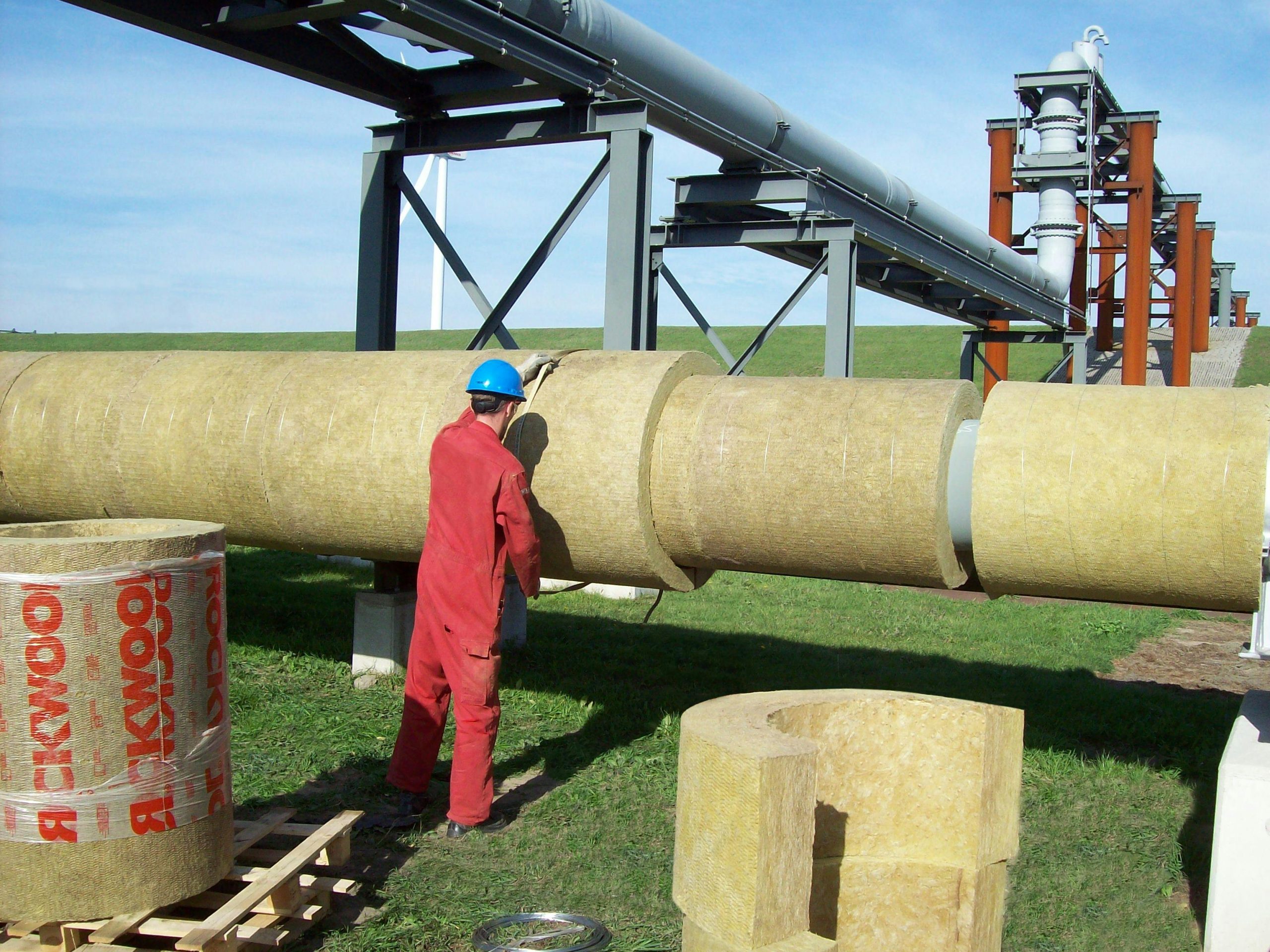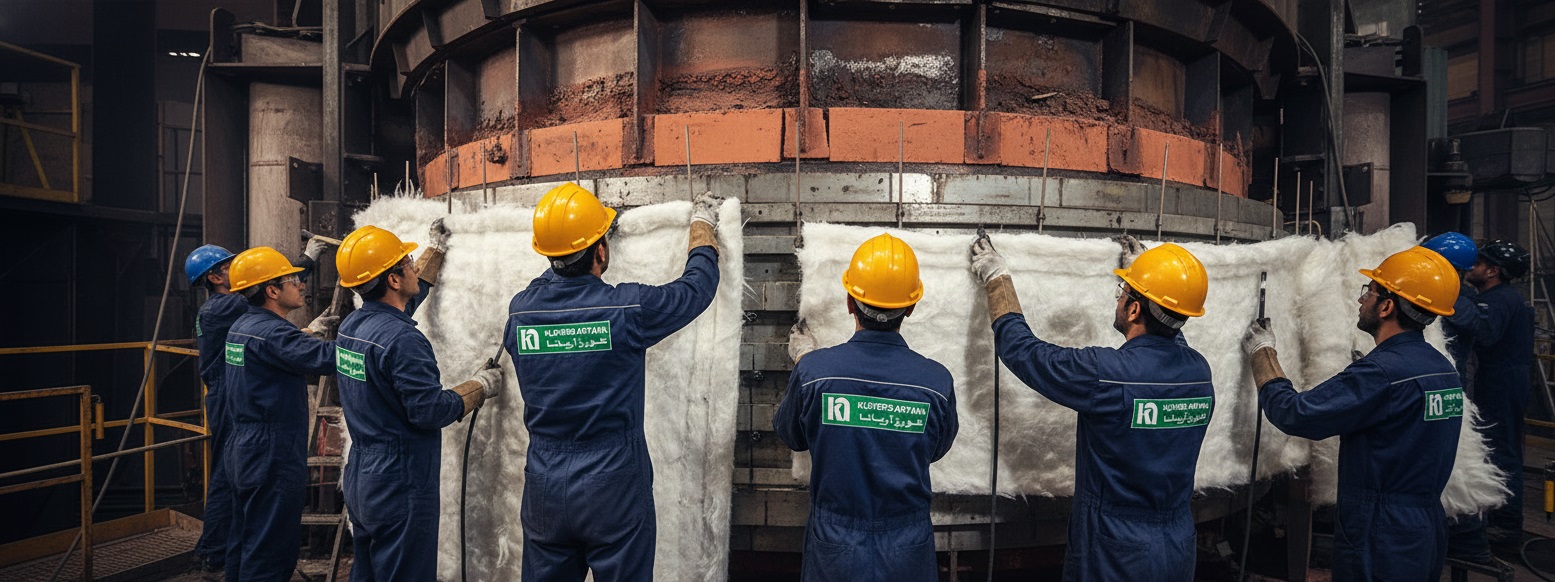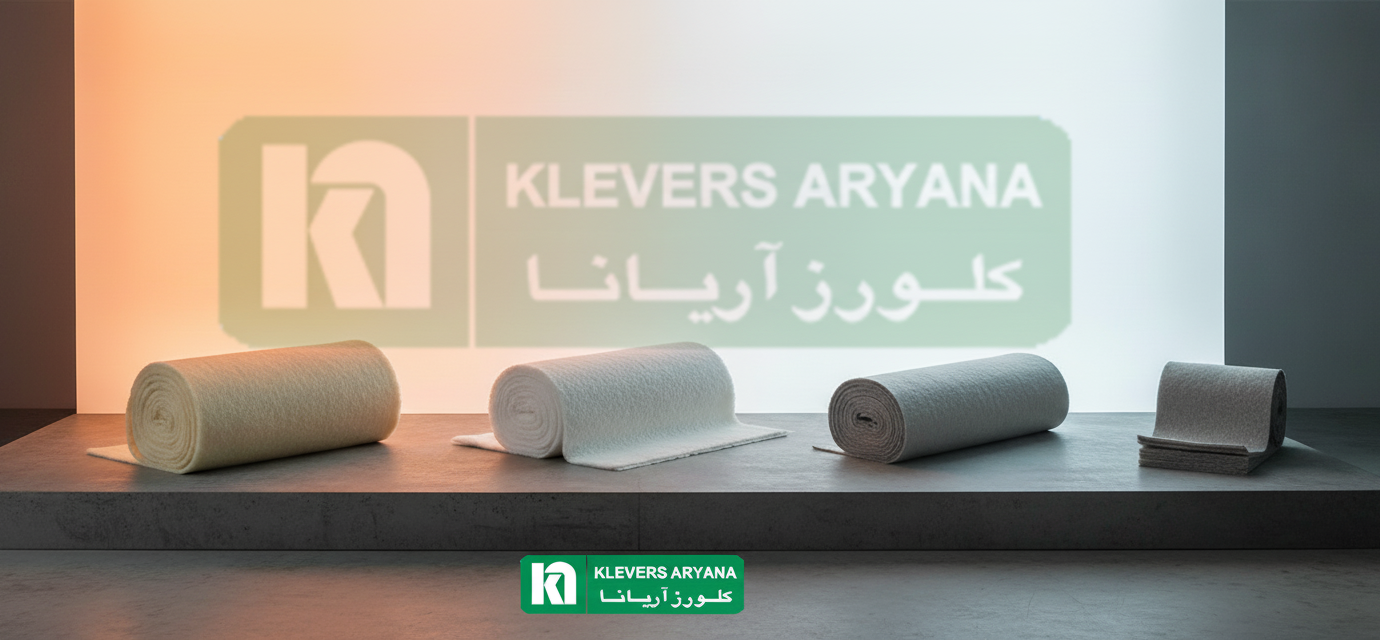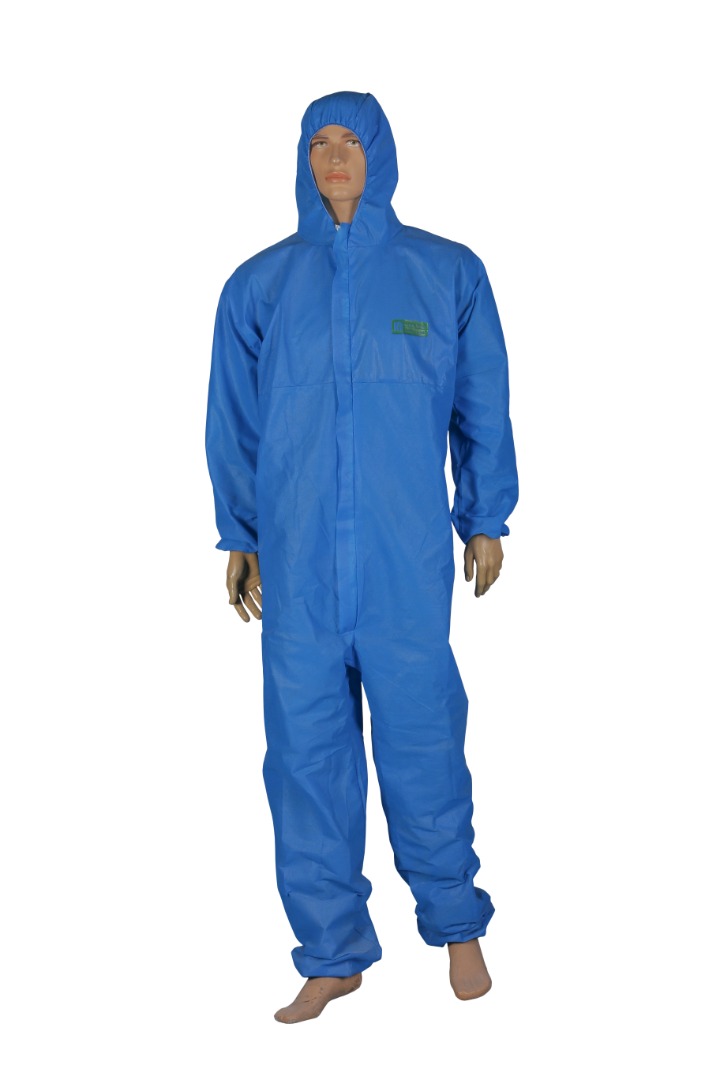Rockwool insulation is one of the most widely used and effective insulation materials in the construction and industrial sectors. Made from molten volcanic rock, it combines excellent thermal insulation, soundproofing, and fire resistance properties. However, many users fail to fully utilize its potential due to improper installation techniques, leading to issues such as reduced efficiency, structural damage, and energy loss.
In this article, we explore the proper principles of installing rockwool insulation, common mistakes, and key tips to achieve maximum efficiency. By following these guidelines, you can maximize your insulation investment, creating a more energy-efficient and comfortable environment.
Benefits of Using Rockwool Insulation
Before diving into installation principles, let’s review the main advantages of rockwool insulation:
- Excellent Thermal Performance: With a low thermal conductivity coefficient (typically 0.033 to 0.040 W/mK), rockwool insulation can reduce heating needs by up to 70%.
- Fire Resistance: Rockwool withstands temperatures up to 1000°C and acts as a fire barrier.
- Sound Insulation: Its fibrous structure provides excellent sound absorption, making it ideal for industrial and residential applications.
- Moisture Resistance: Unlike some insulation materials, rockwool is hydrophobic and retains its insulating properties even in humid conditions.
- Dimensional Stability: It does not expand or contract with temperature changes, ensuring long-term durability and performance.
Common Mistakes in Rockwool Insulation Installation

1. Lack of Moisture Protection
One of the most common mistakes is failing to protect rockwool from moisture. Although rockwool is hydrophobic, prolonged exposure to moisture can reduce its effectiveness.
Common Mistake: Storing insulation in a humid environment or installing it before completing the roof and drainage systems.
Solution:
- Store rockwool packages, even if sealed, in a dry environment.
- Begin wall insulation only after the roof and drainage systems are complete.
- During rainfall, cover the building facade with protective film.
- Avoid applying reinforcing mesh layers over wet rockwool.
2. Poor or Inadequate Installation
Rockwool used for facade insulation is significantly heavier than polystyrene (approximately 100 kg/m³ compared to 15-20 kg/m³ for polystyrene). This weight difference requires stronger wall attachments.
Common Mistake: Using insufficient or inappropriate anchors.
Solution:
- Use metal anchors with appropriate density.
- The method of applying adhesive and anchors should be determined by an architect.
- Follow installation standards.
3. Over-Compressing the Insulation
Compressing rockwool reduces trapped air, diminishing its thermal insulation properties.
Common Mistake: Compressing insulation to fit into smaller spaces or navigate obstacles.
Solution:
- Cut the insulation to the exact size of the space.
- For obstacles like wires or pipes, cut the insulation in a “Pac-Man” shape to fit around them without compression.
- Avoid compressing insulation around wires or pipes.
4. Neglecting Vapor Permeability
Unlike polystyrene, rockwool allows water vapor to pass through easily. Therefore, choosing an appropriate final coating is critical.
Common Mistake: Using renders or paints with low vapor permeability over rockwool.
Solution:
- Use only vapor-permeable renders and paints (mineral, silicate, or silicone) for rockwool.
- In cold climates, install a vapor barrier on the warm side of the insulation to prevent condensation.
5. Improper Jointing of Insulation Pieces
Gaps between insulation pieces can create thermal bridges, reducing the overall efficiency of the insulation system.
Common Mistake: Failing to tightly join insulation pieces or improperly staggering them at corners.
Solution:
- Ensure insulation pieces are tightly joined with no gaps.
- At wall corners, stagger the pieces by at least half their size.
- Use precise cuts to ensure the insulation fits perfectly in the designated space.
Proper Principles for Installing Rockwool Insulation

1. Surface Preparation
Before installing insulation, the surface must be prepared:
- Cleaning the Surface: Ensure the surface is free of dust, oil, and any contaminants.
- Filling Gaps: Fill all cracks and gaps with appropriate foam. For added safety, use fire-resistant foam.
- Moisture Check: Ensure the surface is dry.
2. Tools and Equipment Needed
To install rockwool properly, you need the following tools:
- Insulation cutting knife or long-blade bread knife
- Protective gloves
- Dust mask
- Long-sleeve clothing
- Tape measure
- Appropriate anchors (for wall installation)
- Fire-resistant sealing foam
- Special adhesive (if needed)
3. Measuring and Cutting
- Measure the space accurately.
- Cut the insulation approximately 1 cm larger than the space to ensure a snug fit.
- Place the insulation on a flat surface and cut with a sawing motion using a knife.
4. Installation on External Walls
For installing rockwool on external walls, follow these steps:
- Install Vapor Barrier (if needed): In cold climates, install a vapor barrier on the warm side of the insulation (inside the building).
- Place Insulation: Gently press the insulation into the space between studs. It should fit snugly without compression.
- Navigate Obstacles: For wires or pipes, cut the insulation in a “Pac-Man” shape to fit around them.
- Secure Insulation: Use appropriate anchors to secure the insulation, following the manufacturer’s recommendations for quantity and type.
5. Installation on Internal Walls
For acoustic insulation of internal walls:
- Install One Side of the Wall: Cover one side of the wall with drywall to provide support for the insulation.
- Place Insulation: Gently place the insulation between studs.
- Install the Other Side: After installing the insulation, cover the other side with drywall.
6. Installation on Ceilings
For installing rockwool on ceilings:
- Install Vapor Barrier: Install on the warm side of the insulation (inside the building).
- Place Insulation: Place the insulation between ceiling joists.
- Secure Insulation: Use wire or netting to hold the insulation in place.
- Final Covering: Cover the ceiling with drywall or another suitable material.
Key Tips for Maximum Efficiency

1. Safety During Installation
Although rockwool causes less irritation than fiberglass, safety precautions are essential:
- Always wear a dust mask to avoid inhaling fibers.
- Wear gloves, long-sleeve clothing, and long pants.
- Ventilate the area after installation.
- Wash hands and face after working with rockwool.
2. Complete Sealing
To prevent air and moisture infiltration:
- Seal all joints and connections carefully.
- Use fire-resistant foam to fill small gaps.
- Ensure the insulation completely fills the designated space.
3. Considering Climatic Conditions
Local weather conditions affect insulation installation:
- Cold Climates: A vapor barrier on the warm side of the insulation is essential.
- Hot Climates: Proper ventilation is crucial to prevent moisture buildup.
- Humid Climates: Use rockwool with high hydrophobic properties.
4. Using Appropriate Thickness
The insulation thickness should match thermal and acoustic requirements:
- For thermal insulation of external walls, a minimum thickness of 10 cm is recommended.
- For acoustic insulation of internal walls, a thickness of 5 to 7.5 cm is sufficient.
- For ceilings, a greater thickness (15 to 20 cm) is required.
5. Inspection and Maintenance
After installing insulation:
- Regularly inspect the insulation system.
- Address any damage or leaks promptly.
- Ensure proper ventilation to prevent moisture buildup.
Industrial Applications of Rockwool Insulation

Rockwool insulation is highly versatile in industrial applications. Key uses include:
1. Insulating High-Temperature Equipment
With its high thermal resistance (up to 1000°C), rockwool is ideal for insulating high-temperature equipment such as furnaces, boilers, and turbines.
Installation Tips:
- Use high-density insulation (100 to 180 kg/m³).
- Apply a metal covering to protect the insulation.
- Install mechanical fixings properly to keep the insulation secure.
2. Insulating Pipes
Rockwool is used to insulate pipes carrying hot or cold fluids.
Installation Tips:
- Use pre-formed tubular insulation made in two semi-cylindrical pieces.
- Seal joints with specialized tape.
- Use aluminum or PVC covering to protect against moisture and mechanical damage.
3. Insulating Tanks and Vessels
Rockwool is used to insulate tanks storing hot or cold materials.
Installation Tips:
- Use flexible blanket or board insulation.
- Secure the insulation to the tank with welded pins or metal straps.
- Use metal or FRP covering to protect the insulation.
4. Insulating Air Ducts
Rockwool is used for thermal and acoustic insulation of air ducts.
Installation Tips:
- Use board insulation with a wear-resistant surface.
- Secure the insulation to the duct with specialized adhesive or mechanical pins.
- Seal joints with aluminum tape.
Conclusion
Proper installation of rockwool insulation is critical to achieving its full thermal and acoustic benefits. By adhering to correct installation principles and avoiding common mistakes, you can fully leverage the advantages of this insulation. Remember that investing in proper installation will yield long-term returns through reduced energy costs and increased comfort.
For expert advice and the best rockwool insulation products, consult with the specialists at Klevers Aryana Company. With over 20 years of experience in designing, manufacturing, and installing thermal and acoustic insulation, the company can provide tailored solutions for your insulation needs.
About Klevers Aryana Company
Since 2001, Klevers Aryana Company has focused on the design, engineering, supply, construction, and installation of flexible thermal insulation and other industrial and power plant equipment. With access to European insulation and fabric materials and state-of-the-art equipment, the company can produce various types of thermal insulation, including rockwool.
Its products include:
- Rockwool thermal insulation
- Glass wool thermal insulation
- Acoustic insulation
- Thermal jacket insulation
- Other industrial insulation products
For free consultation and more information about Klevers Aryana’s products and services, visit the contact page.
References
- ROCKWOOL International A/S. (2023). “Tips & Tricks to expertly install insulation”. Retrieved from https://www.rockwool.com/group/advice-and-inspiration/renovation/tips-and-tricks-installation/
- The Gold Hive. (2020). “How (and Why) To Install Rockwool Insulation”. Retrieved from https://www.thegoldhive.com/blog/2020/5/6/how-and-why-to-install-rockwool-insulation
- Foveo Tech. (2019). “The most frequent errors made when insulating a home”. Retrieved from https://www.foveotech.co.uk/professional-zone/technical-advice/the-most-frequent-errors-made-when-insulating-a-home-part-four
- ROCKWOOL Technical Insulation. (2024). “Installation Guidance Videos”. Retrieved from https://rti.rockwool.com/learnings/installation-guidance-videos/
- ROCKWOOL. (2024). “Thermal properties”. Retrieved from https://www.rockwool.com/group/advice-and-inspiration/why-stone-wool/thermal-properties/
- ROCKWOOL. (2024). “Acoustic Insulation”. Retrieved from https://www.rockwool.com/north-america/products-and-applications/acoustic-insulation/
- Insulation Institute. (2023). “Residential insulation: Preparing for Your Installation”. Retrieved from https://insulationinstitute.org/im-a-building-or-facility-professional/residential/installation-guidance-2/installation-preparation-2/
- Johns Manville. (2024). “Industrial Mineral Wool Insulation”. Retrieved from https://www.jm.com/en/industrial-insulation/industrial-mineral-wool/
- ROCKWOOL Technical Insulation. (2024). “Industrial Insulation”. Retrieved from https://rti.rockwool.com/applications/industrial/
- Green Building Advisor. (2021). “Condensation on Vapor Retarder Over Mineral Wool Insulation”. Retrieved from https://www.greenbuildingadvisor.com/question/exterior-wall-bay-containing-mineral-wool-has-some-visible-moisture-on-vr





